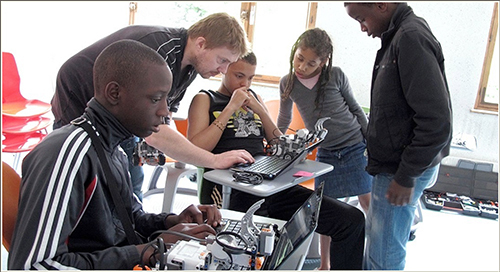
“Transforming our world: the 2030 Agenda for Sustainable Development” has set a plan of action in 5 areas: People, Planet, Prosperity, Peace and Partnership. The 17 Sustainable Development Goals (SDG’s) and 169 targets represent a bold and ambitious universal agenda that aims to build on the Millennium Development Goals; to complete what these did not achieve and then go much further. The Agenda’s key goal and “the greatest global challenge” of the SDG’s is to eradicate extreme poverty by 2030, with the pledge that “no one will be left behind.”
What role can education and learning play in achieving the critical goals for the new UN Agenda?
24 debaters from 11 countries will explore answers to the question in the Education Fast Forward live global debate on September 24. EFF Trustee and Education World Forum Director, Gavin Dykes, will chair the debate.
EFF guest speaker, Karen Cator, is President and CEO of Digital Promise and is a leading voice for transforming American education through technology, innovation and research. From 2009-2013, Karen was Director of the Office of Educational Technology at the U.S. Department of Education, where she led the development of the 2010 National Education Technology Plan. Prior to joining the department, Cator directed Apple’s leadership and advocacy efforts in education. It is our pleasure to welcome Karen to The Global Search for Education.
Karen, what do you see as the key roles for education and educators building on the agenda of the “Transforming our World” summit at the UN?
Few would disagree that education is an urgent global priority for the health and prosperity of individuals, families, communities and nations. And, an enlightened and engaged education system will certainly support the attainment of the 17 new goals. To that end, students can be challenged to design solutions to problems associated with the goals. Problems are best solved through diplomacy, collaboration and the sharing of agendas, ideas, resources and solutions; and schools can and should help students develop the complex set of skills required for doing so. Educators have an opportunity to engage students in shared problem solving towards the goals, and the responsibility to instill in the next generation a deep understanding of the power of informed action and the perils of inaction. The students of today will be the emerging leaders in 2030.
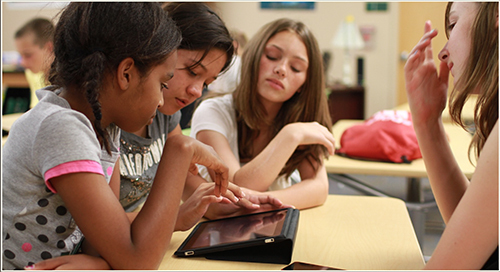
How big is the digital divide today and can we work to boost digital literacy in the classroom?
Technology, and especially the Internet and mobile devices such as tablets and smartphones, has become more available and affordable. And, just as the printing press and free public libraries caused literacy rates among European adults to soar by making books readily available to all – not just the wealthy – technology represents a huge new opportunity to learn. What we are facing today is the Digital Learning Gap. This gap between the haves and have-nots is one that we must close as decisively and quickly as possible so these new opportunities to learn are open to everyone.
There are three parts to this gap, each with its own considerations.
First is lack of access to the Internet and technology tools for learning. Entrepreneurs, telecommunications firms and philanthropists are working to increase broadband and cellular access in countries throughout the world. Closing the access gap is an effort every country should support.
But, even when access is available there is a profound lack of participation. Many people do not know why or how to go online. Already, access to jobs, health information, learning resources and so much more is available with an Internet connection. People need opportunities to develop digital literacy skills, which includes understanding online information, media, and social interactions, and developing digital citizenship.
Finally, even with access and digital literacy, there is a lack of empowering use: people need to be equipped with knowledge and skills to harness the power of technology to solve their own problems and expand their own learning in new and meaningful ways.
What are the best ways for teachers and parents to keep up to date (or ahead of) kids, who are often expert digital natives?
Many teachers grew up with technology, so the distinction between digital natives and immigrants is becoming outdated. And, the notion of “keeping ahead” needs to give way to a new learning environment where teachers are learners, and learners are teachers. The teacher is an expert in pedagogy and leads the learning culture of the classroom, supporting each person to constantly develop knowledge and skills as they engage in challenges, inquiry, problem solving, and teamwork.
At the same time, parents and teachers are responsible for ensuring health and welfare of students and must take that responsibility to the digital realm as well, understanding what is transpiring in the online world of their students and setting appropriate boundaries and expectations.
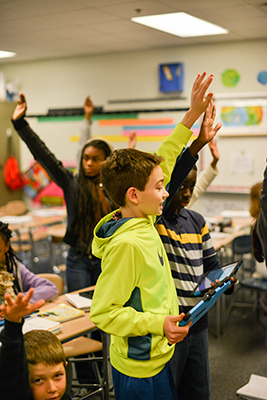
Is digital learning able to remedy class divisions in education? What are your priorities as CEO of Digital Promise?
Education is one of the most promising routes out of poverty. To that end, the most powerful learning experiences must pervade the education of low-income children and families much as it does wealthier counterparts. Across the world we see examples of inspiring and rich learning environments, and an expanded vision of a productive future as students are giving opportunities to learn about and even experience careers as entrepreneurs, artists and scientists.
My priority is to work for vast improvements in equitable access to excellent learning opportunities, and to figure out the best ways to scale innovations that can support learners and education systems everywhere.
Digital Promise looks at some of the most successful schools in the country. What are the shared characteristics of the schools that best utilize technology?
There are several characteristics of skilled leadership necessary for promoting a culture of innovation and risk taking. A few of my favorites are:
Curiosity. The best schools nurture curiosity and their leaders exude learning. They’re always asking questions, observing what’s happening around them and iterating on ideas. They develop their own personal learning network and they encourage the same throughout the school.
Clear, inspired vision – clear goals. They can articulate a vision as well as specific, measurable and attainable goals. And, transparency is critical because it builds trust and commitment among all members of the school community.
Collaboration. Collaboration is a key attribute for a culture of innovation and continuous improvement. Leaders foster collaboration by actively sharing in staff and student challenges, successes, and lessons learned. Supporting students as collaborators is essential: students in the most successful schools have a deep sense of ownership in the learning process, and help set and promote a positive school climate.
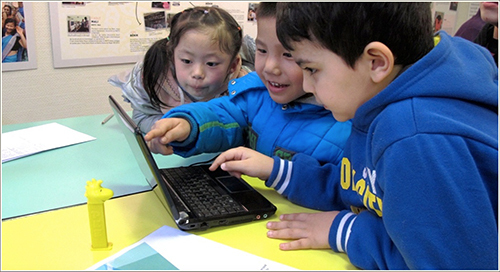
You say your mission at Digital Promise will be to “advocate for innovative teachers?” What does an innovative teacher in the 21st century do?
The highly complex demands of teaching include understanding how each student learns and the numerous variables that can affect their students’ progressions – including those in the social and emotional realm. Technology provides new insights into student learning and opportunities to deepen engagement; innovative teachers are using it to amplify and augment their practice.
Access to technology has given motivated teachers the opportunity to shift from delivering content to orchestrating learning. The best teachers harness energy around students’ individual interest and serendipitous events, and use it as fuel for learning. The Internet allows for inquiry and answers to questions in the moment of wonder, keeping students deeply engaged with personally relevant content.
These teachers provide students with access to people, courses, materials, data sets, research and primary source documents to support deeply challenging projects. And these projects include opportunities for students to engage globally and solve problems with learners around the world.
Innovative teachers improve students’ understanding of complex concepts through animations, simulations, visualizations, and even videos of experts into the learning environment. They use adaptive learning technologies to increase the quantity and quality of feedback provided at precisely the time it will help the most. And, they find customized options for students to learn using different pathways, and at different levels of difficulty and support.
We can vastly improve learning by putting the best digital content, tools and resources in the hands of innovative teachers and their students.
Do you think learning environments that blend in technology are the wave of the future
YES, and the future is NOW. These technologies must be available to support everyone – at all ages and stages of life, from students to professionals to leisure-time learners. The impact of these advancements will exceed that of the printing press – improving learning and life for those who participate.
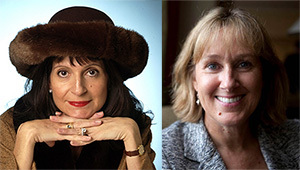

Join me and globally renowned thought leaders including Sir Michael Barber (UK), Dr. Michael Block (U.S.), Dr. Leon Botstein (U.S.), Professor Clay Christensen (U.S.), Dr. Linda Darling-Hammond (U.S.), Dr. MadhavChavan (India), Professor Michael Fullan (Canada), Professor Howard Gardner (U.S.), Professor Andy Hargreaves (U.S.), Professor Yvonne Hellman (The Netherlands), Professor Kristin Helstad (Norway), Jean Hendrickson (U.S.), Professor Rose Hipkins (New Zealand), Professor Cornelia Hoogland (Canada), Honourable Jeff Johnson (Canada), Mme. Chantal Kaufmann (Belgium), Dr. EijaKauppinen (Finland), State Secretary TapioKosunen (Finland), Professor Dominique Lafontaine (Belgium), Professor Hugh Lauder (UK), Lord Ken Macdonald (UK), Professor Geoff Masters (Australia), Professor Barry McGaw (Australia), Shiv Nadar (India), Professor R. Natarajan (India), Dr. Pak Tee Ng (Singapore), Dr. Denise Pope (US), Sridhar Rajagopalan (India), Dr. Diane Ravitch (U.S.), Richard Wilson Riley (U.S.), Sir Ken Robinson (UK), Professor Pasi Sahlberg (Finland), Professor Manabu Sato (Japan), Andreas Schleicher (PISA, OECD), Dr. Anthony Seldon (UK), Dr. David Shaffer (U.S.), Dr. Kirsten Sivesind (Norway), Chancellor Stephen Spahn (U.S.), Yves Theze (LyceeFrancais U.S.), Professor Charles Ungerleider (Canada), Professor Tony Wagner (U.S.), Sir David Watson (UK), Professor Dylan Wiliam (UK), Dr. Mark Wormald (UK), Professor Theo Wubbels (The Netherlands), Professor Michael Young (UK), and Professor Minxuan Zhang (China) as they explore the big picture education questions that all nations face today.
The Global Search for Education Community Page
C. M. Rubin is the author of two widely read online series for which she received a 2011 Upton Sinclair award, “The Global Search for Education” and “How Will We Read?” She is also the author of three bestselling books, including The Real Alice in Wonderland, is the publisher of CMRubinWorld, and is a Disruptor Foundation Fellow.
Follow C. M. Rubin on Twitter: www.twitter.com/@cmrubinworld

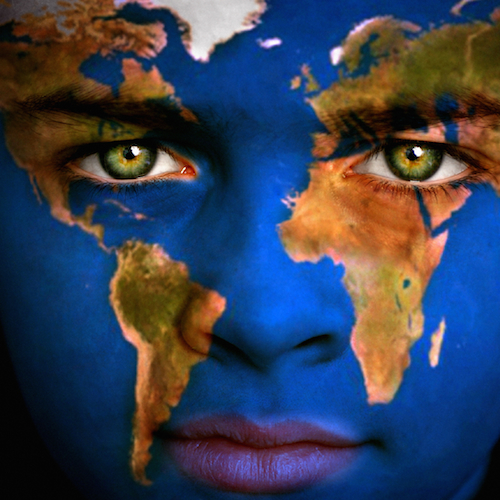
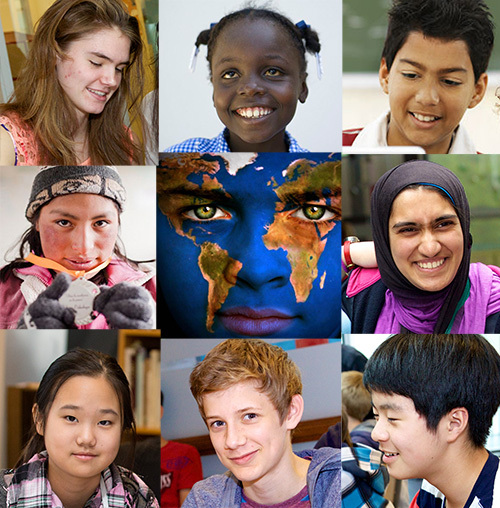

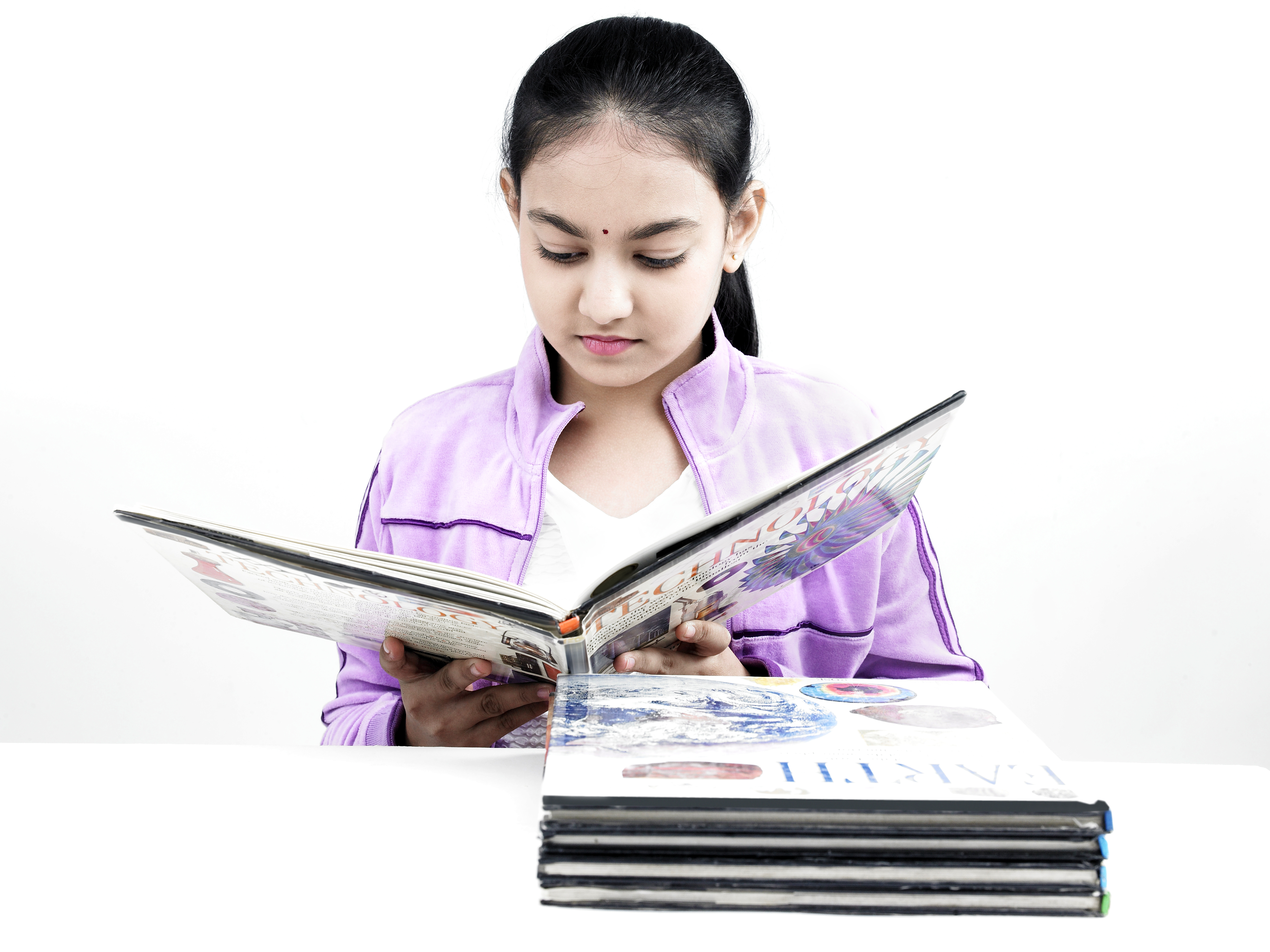
Recent Comments